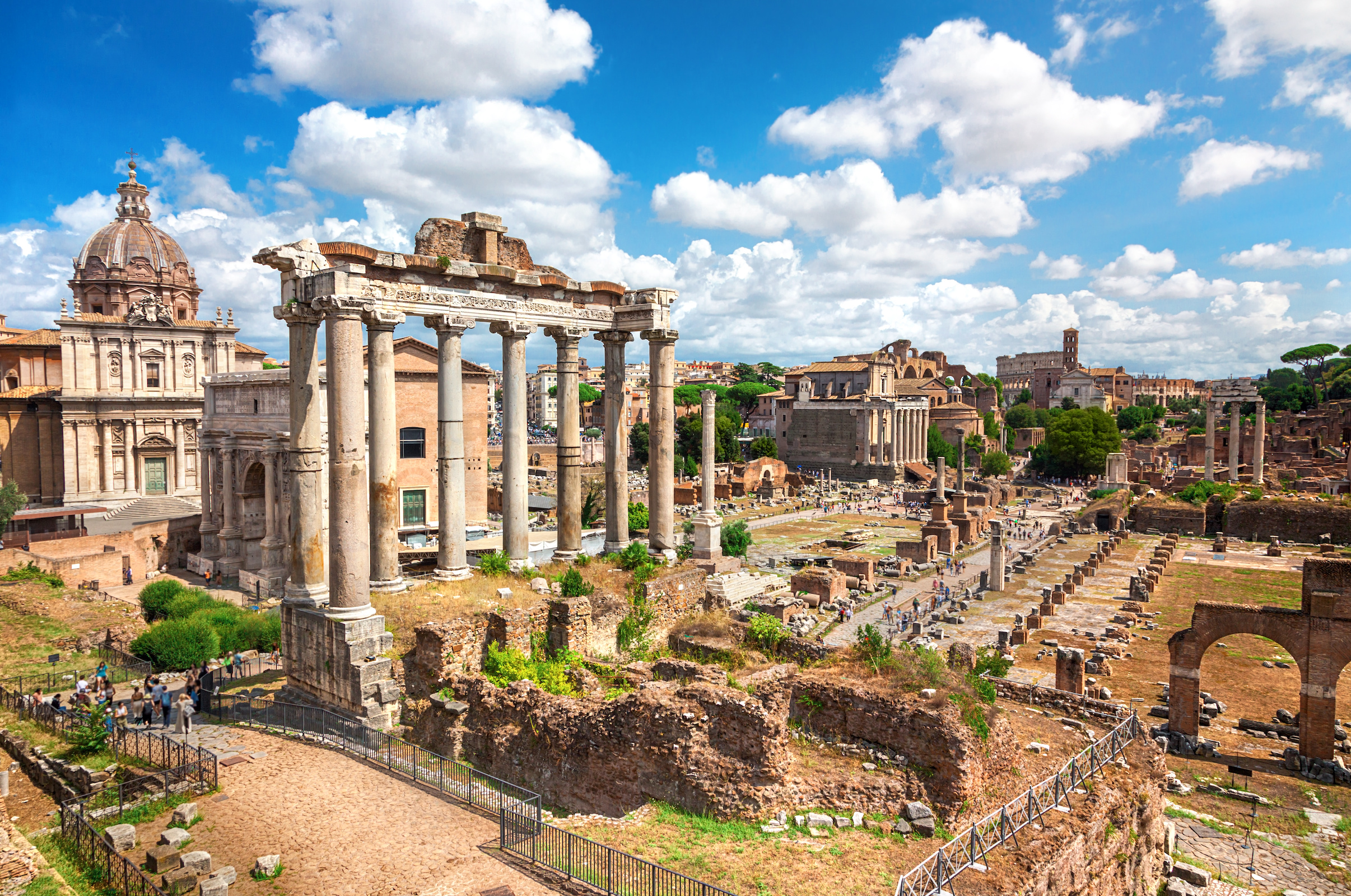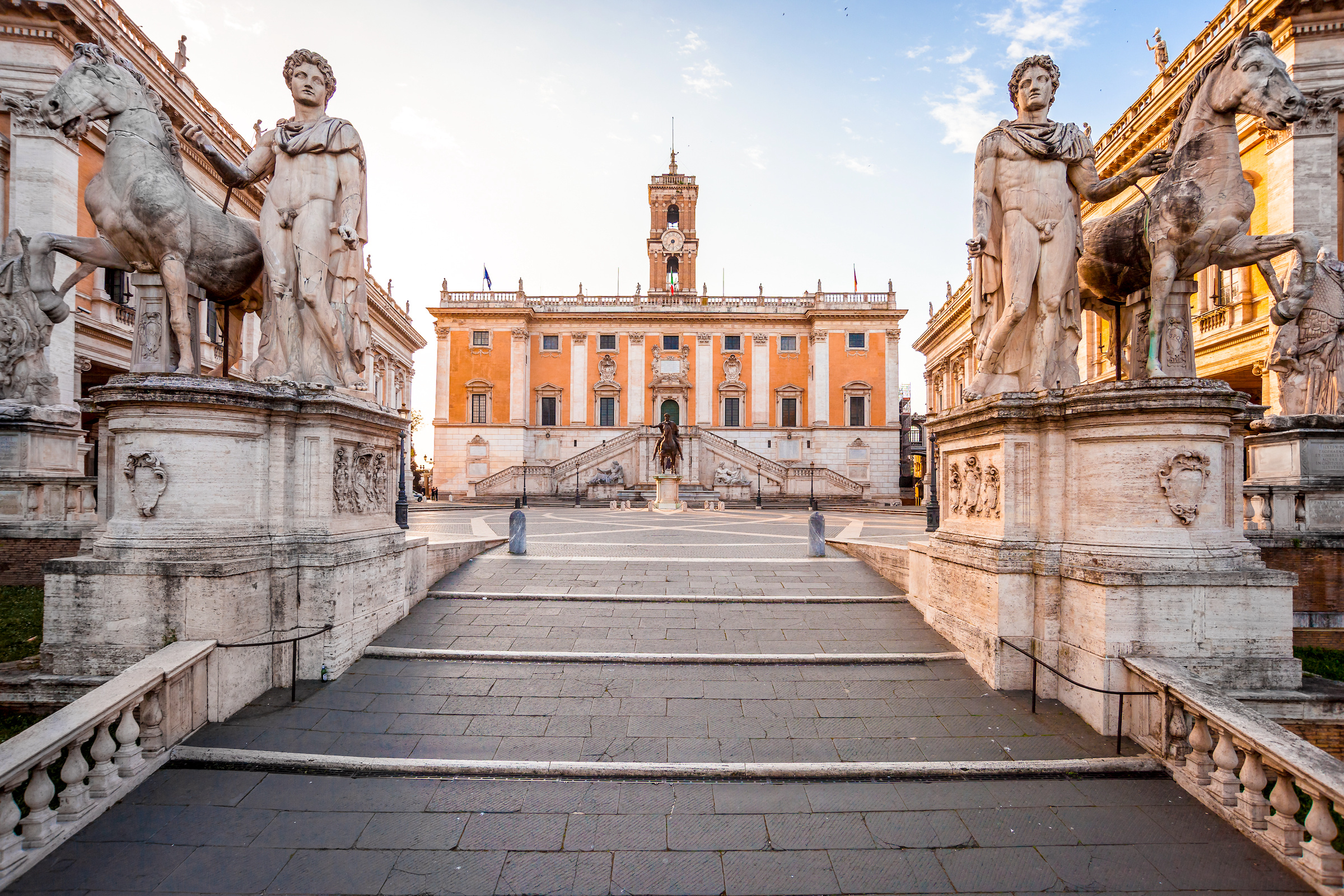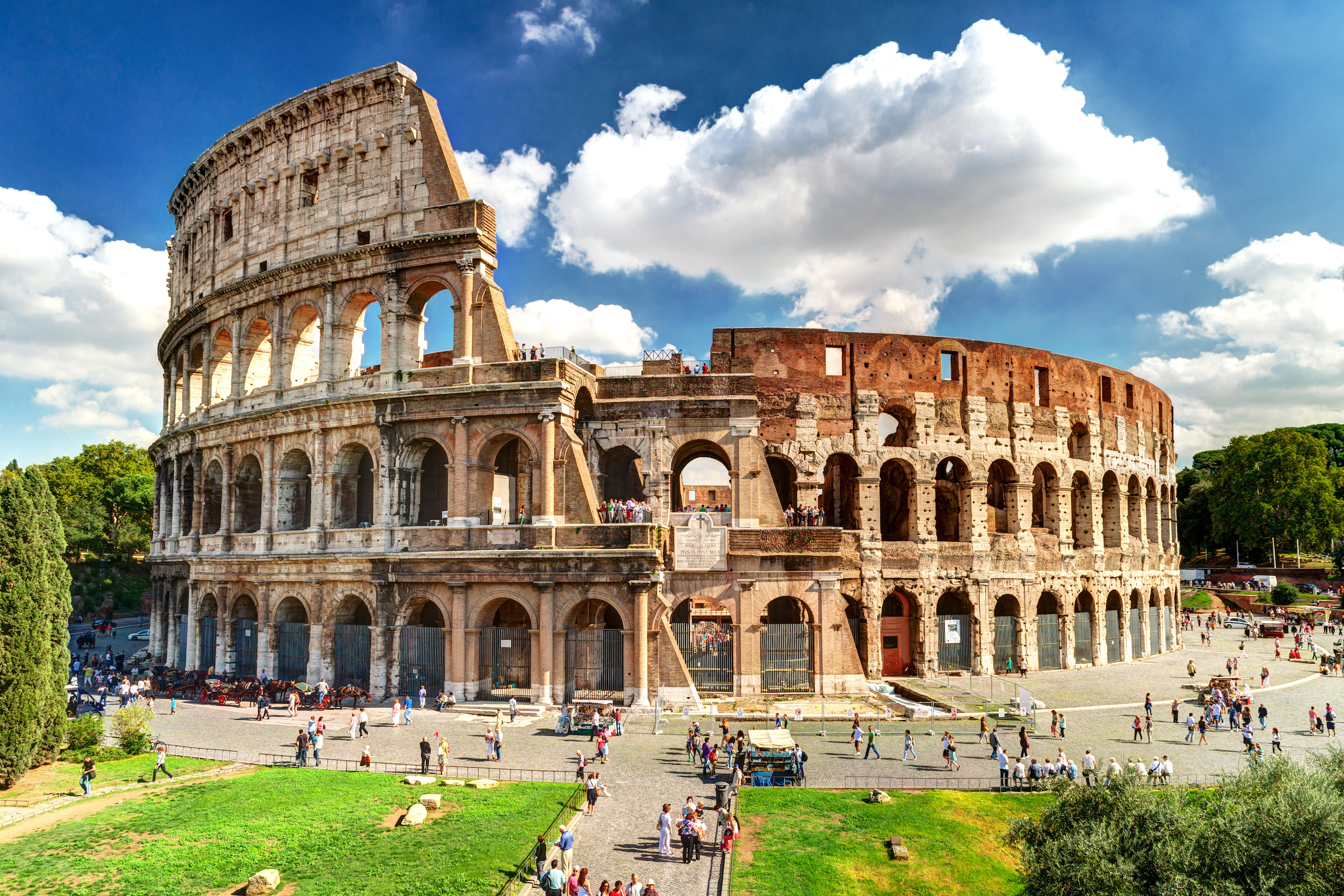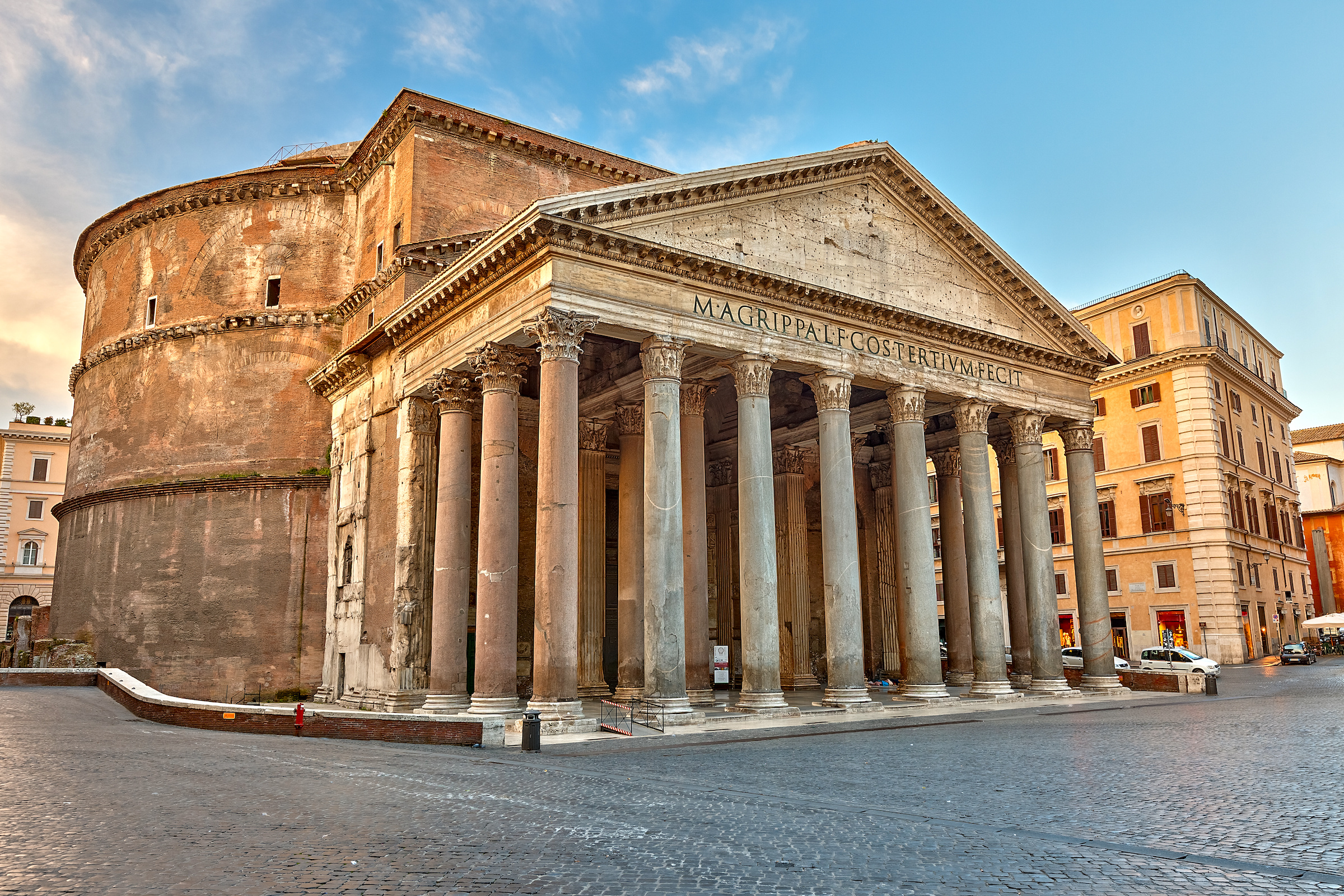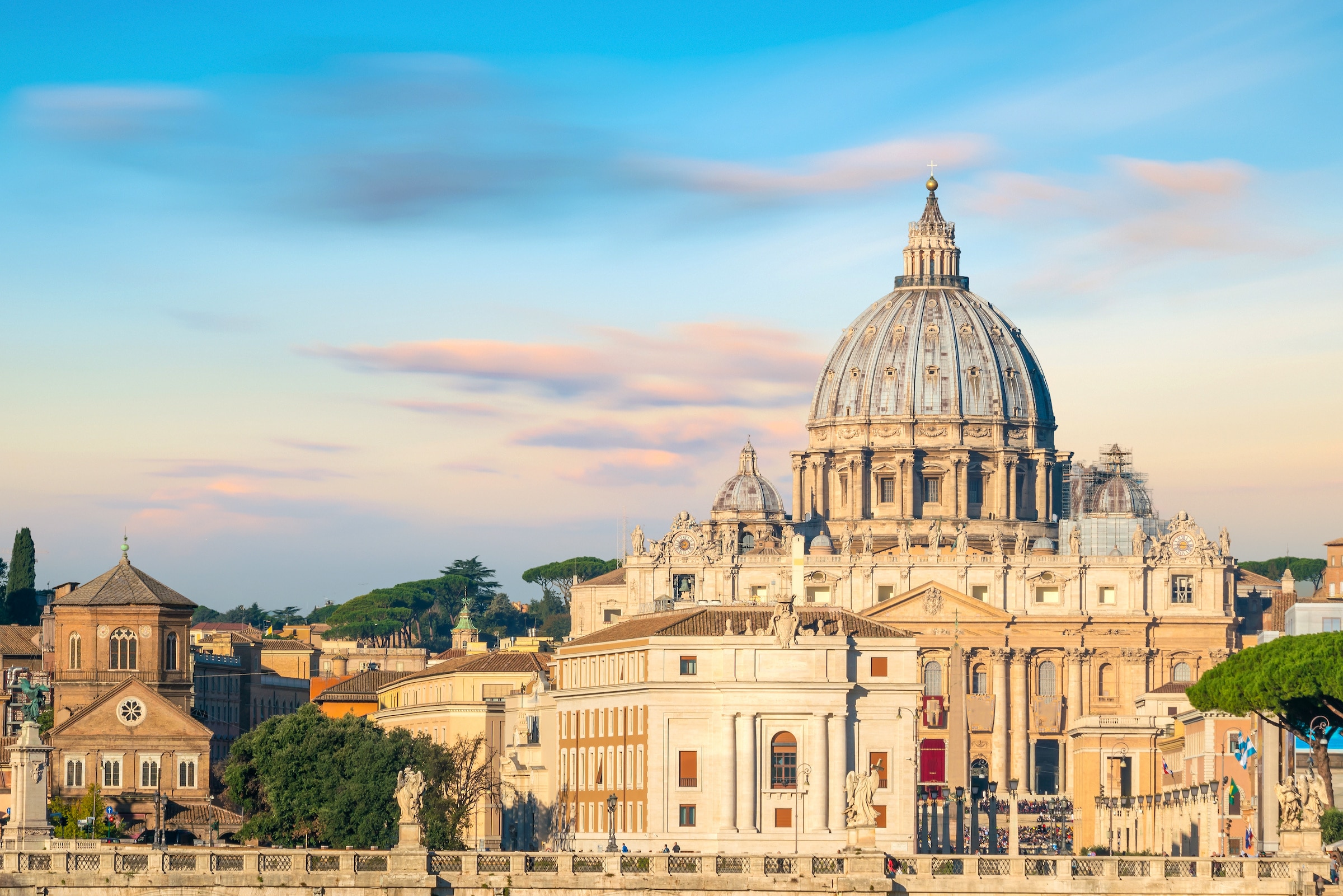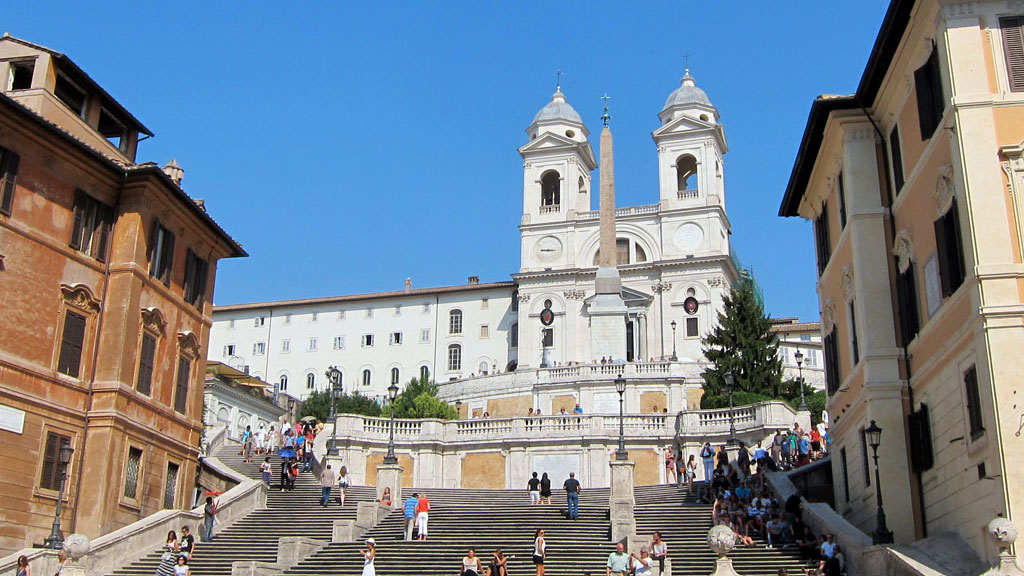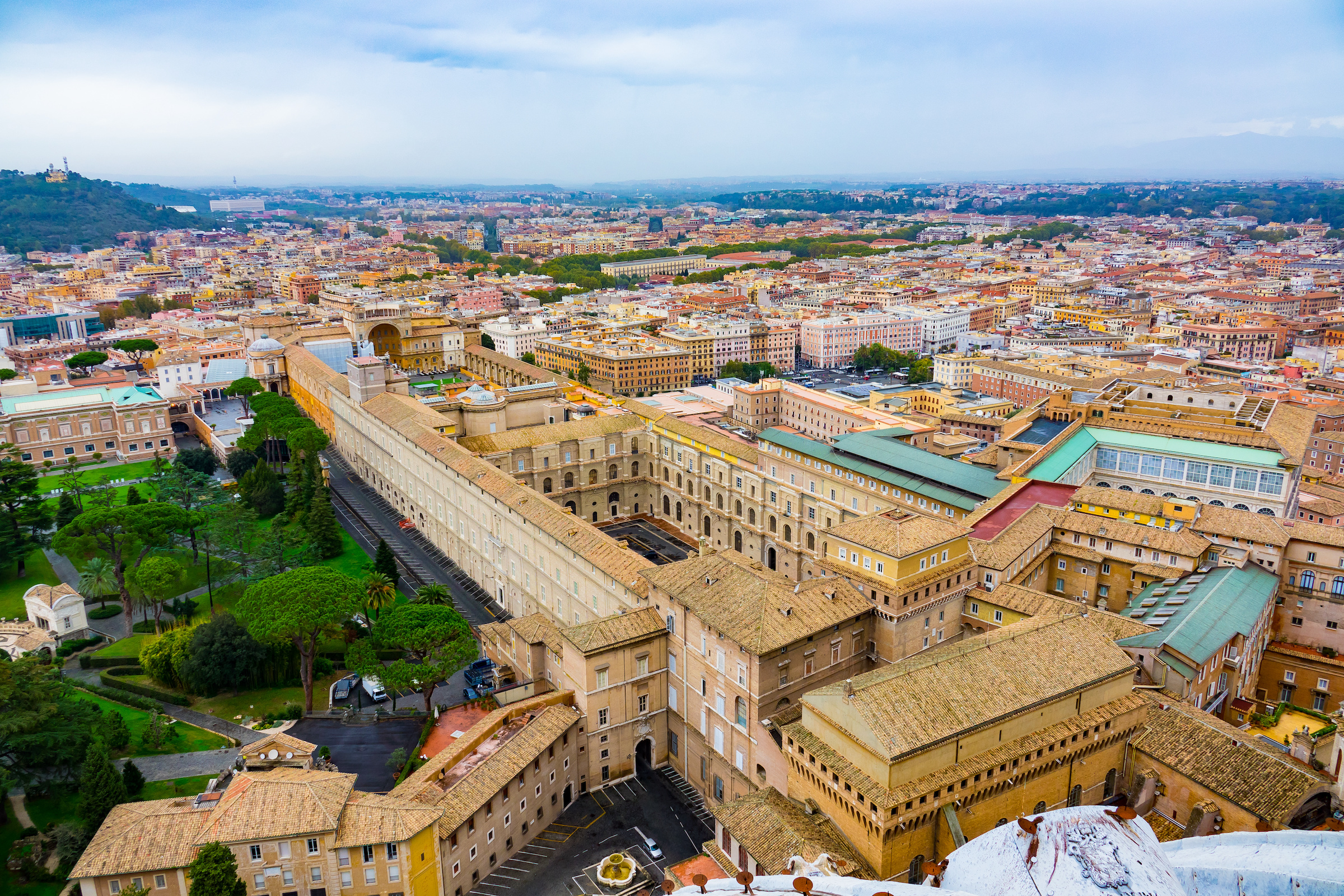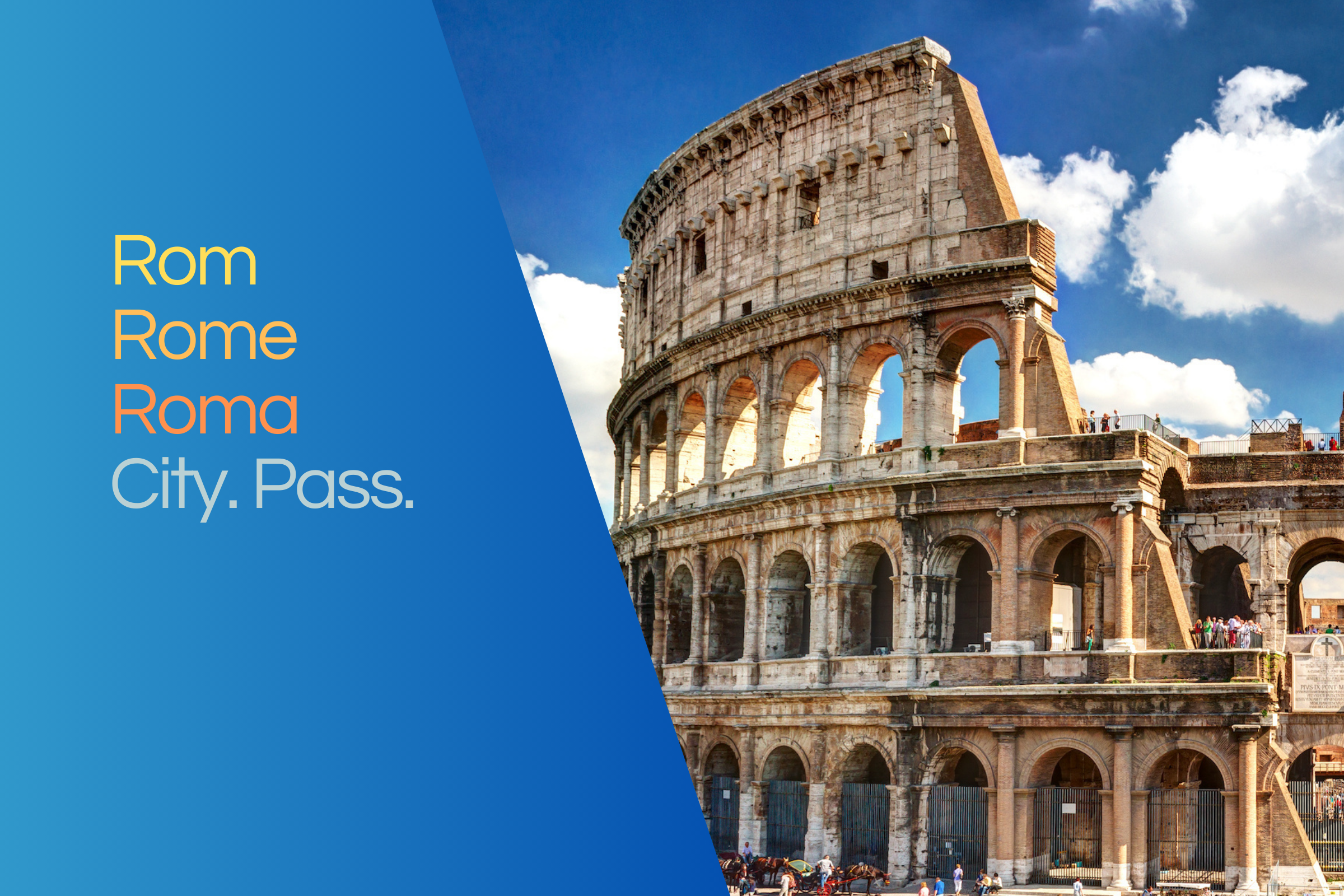Contents on this page
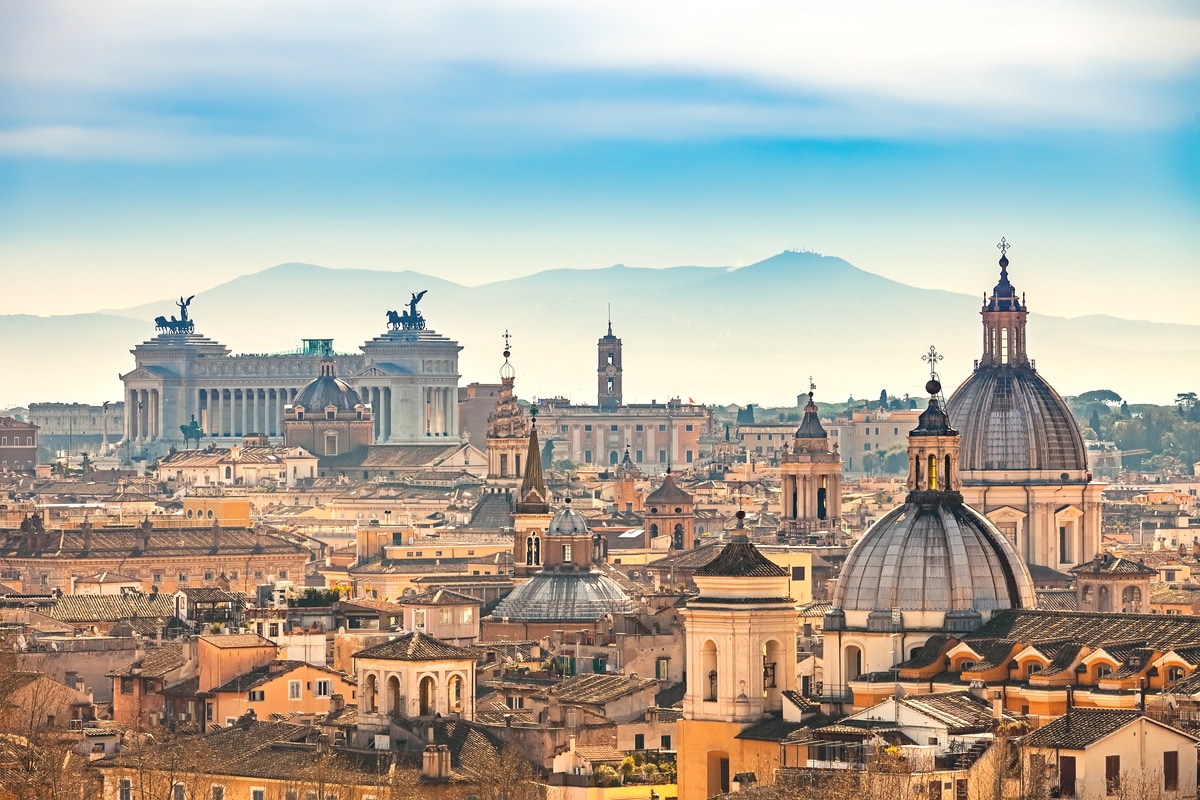
Thursday
Rome, the capital and largest city in Italy, is located in the center of the Italian peninsula in the Lazio region, south of the Apennines and only about 30 km from the Mediterranean Sea.
The city was the center of the Roman Empire, one of the largest empires of antiquity. Rome is famous for its ancient monuments and architectural masterpieces such as the Colosseum, the Roman Forum and the Pantheon. The Vatican City, the smallest independent state in the world and seat of the Pope, is also located in Rome.
Rome: Facts and Figures
- Population: 2,8 Millions
Top 10
A city trip to Rome requires careful planning in order to enjoy the wealth of sights. The highlights naturally include the Colosseum, the Vatican with St. Peter's Basilica and the Vatican Museums, the Pantheon, the Trevi Fountain and the Spanish Steps.
Many of these sights can be reached on foot, but for longer distances it is advisable to use public transport. Tickets for popular attractions should be booked in advance if possible and it is advisable to leave early to avoid the crowds.
Attractions
Citypass & Tours
You should book tickets for popular sights such as the Colosseum in Rome in advance if possible. City passes for the city of Rome are a convenient way to save time and money. Alternatively, you can also buy individual tickets for museums, city tours and the popular hop-on hop-off buses.
Rome City Cards
How to get there
Public transportation in Rome
Where to stay
Rome offers a wide range of accommodation to suit all tastes and budgets. From luxurious hotels in magnificent historic buildings to cozy bed & breakfasts in picturesque alleyways, the city has something for every traveler.
Particularly popular districts are
- Trastevere: Known for its lively nightlife and picturesque alleyways.
- Monti: Close to the Colosseum, ideal for art and culture lovers.
- Prati: Elegant district near the Vatican with upscale accommodation.
- Campo de' Fiori and Piazza Navona: Centrally located, ideal for tourists who want to experience historic Rome.
- Testaccio: Known for its authentic Roman cuisine and lively nightlife.
Shopping
Rome is not only rich in history, art and culture, but also a true paradise for shopping fans. From the glittering designer boutiques in Via Condotti to the charming antique stores in Trastevere, Rome offers numerous shopping opportunities.
- Via del Corso and the surrounding area: This is where the heart of Roman shopping beats. Via del Corso is known for its variety of stores, from high street brands to small boutiques. In the surrounding streets, such as Via Condotti and Via del Babuino, you will find luxury designer brands.
- Trastevere and Monti: If you are looking for something unique, you should visit the Trastevere and Monti districts. Here you will find a wide selection of vintage stores, independent boutiques and artisan stores.
- Roman markets: For an authentic Roman shopping experience, visit one of the many markets. The Campo de' Fiori is famous for its food stalls, while the Porta Portese market, which takes place every Sunday, is ideal for bargain hunters.
- Galleria Alberto Sordi: The Galleria Alberto Sordi offers a combination of shopping and history. The impressive shopping center is located in a historic building and offers a wide selection of stores and cafés.
- Food and delicacies: Rome is also a paradise for foodies. In stores such as Volpetti in Testaccio or Roscioli near Campo de' Fiori, you will find high-quality Italian specialties such as cheese, ham and pasta.
History of Rome
The history of the city of Rome is a fascinating journey through the millennia. According to legend, Rome was founded in the 8th century BC by the twin brothers Romulus and Remus, who were raised by a she-wolf. Even if the historical veracity of this founding legend is disputed, it is certain that Rome has its roots in the first settlements on the seven hills on the Tiber.
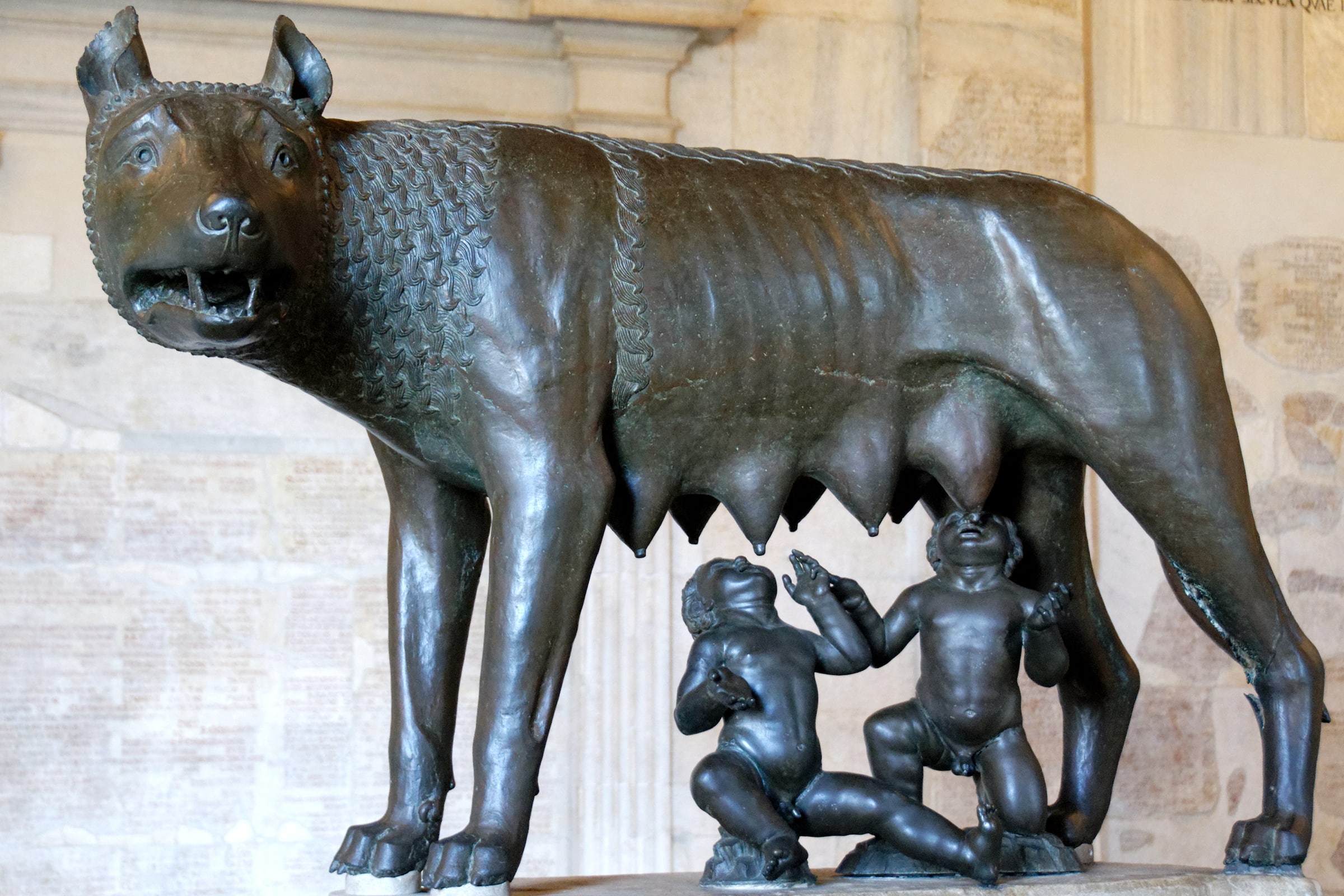
In the centuries that followed, Rome developed from a small settlement into a mighty city. In the 6th century BC, Rome experienced a phase of urbanization and cultural development under the rule of the Etruscan kings. The Etruscans left their mark on the architecture and religious life of the city.
With the fall of the last Etruscan king in 509 BC, the Roman Republic was founded. This era was characterized by social tensions, political reforms and territorial expansion. Roman society was characterized by conflict between patricians and plebeians, with the latter gradually gaining more political rights.
The period of the Republic ended with the civil wars of the 1st century BC, which led to the establishment of the Roman Empire. Rome flourished under Augustus, the first Roman emperor. Monumental buildings such as the Pantheon, the Roman Forum and the Colosseum bear witness to the splendor of this era. Rome became the center of a world that stretched from Britain to Egypt.
Late antiquity was a time of change and challenges for Rome. The city was besieged and plundered several times by Germanic tribes, including the famous sacking by the Visigoths in 410 A.D. Despite these setbacks, Rome remained a center of the Christian world, especially after Christianity was elevated to the status of the state religion.
After the fall of the Western Roman Empire in the 5th century AD, Rome lost its political importance, but its spiritual and religious significance remained. In the Middle Ages, Rome became the seat of the popes and experienced a new heyday during the Renaissance. Artists and architects such as Michelangelo and Bernini shaped the cityscape and left behind a rich legacy.
In modern times, Rome played a central role in the Italian unification movement and became the capital of the newly founded Kingdom of Italy in 1871. In the 20th century, the city experienced both the horrors of the Second World War and an enormous economic boom in the post-war period.
Today, Rome is a vibrant metropolis that combines its rich past with the dynamism of modern life. A UNESCO World Heritage Site and one of the most visited tourist destinations in the world, Rome is a living testimony to human history and culture.
